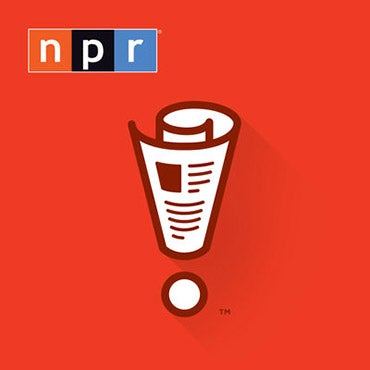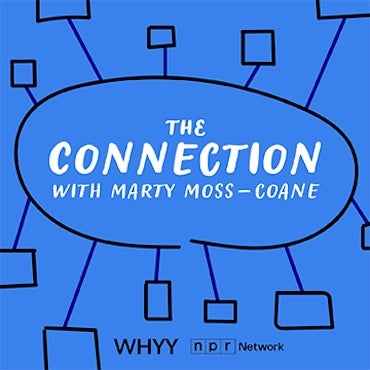5 Cups of Mud, 3 Striped Salamanders, and 1 Rectangular Rock
A child pushes a large rock to the side. “It’s shaped like a rectangle,” he observes. Within minutes, a small circle of spectators waits in suspense. “Salamanders!’ they cry in unison. “There’s three of them!” someone notes. “No, wait, 1-2-3—-4…there’s 5!” another exclaims. “Let’s get a lot of mud to make them a bigger home.” A pause. “So much mud. We’ll need a lot of mud. Look! There’s mud in that bucket.” The plan changes after somebody pipes in, “That’s pancake batter. It takes 5 cups of mud to make it. And 3 cups of pebbles.”
What an opportunity to explore geometry, counting and producing, pattern, and measurement–not to mention problem solving and data analysis!
Last month, two other teachers and I presented a workshop for the Association of Teachers of Mathematics of Philadelphia and the Vicinity (ATMOPAV) about integrating children’s literature with math. By integrating math with art, science, writing, and social studies, we shared how learners connect math to everyday life. Investigating lines and shapes in a painting, comparing patterns and sizes of butterflies, constructing a timeline, and mapping out a story are examples of interdisciplinary experiences that lead to bringing math together with language and literacy to promote critical thinking, problem-solving, and reasoning skills.
Before walking to the park or stepping into the backyard, you might enjoy sharing the following books with your child: A Star in my Orange: Looking at Nature’s Shapes, by Dana Meachen Rau, Zero Leaves on a Tree, by Betsy Franco, Museum Shapes (Metropolitan Museum of Art), or Under One Rock, by Anthony D. Fredericks. Then let that sense of wonder flow along a path, in a sandbox, through a garden, or by a storefront as you search for circle shapes or compare lengths of tree branches.
In Sharing Nature With Children, nature educator Joseph Cornell describes a game called “Sounds of Colors” that is suitable for kids 4 years of age and up. It works well in a forest, meadow, marsh, or park. Heighten their visual awareness by asking them how many different colors and shades of colors they can see in front of them without moving from where they are standing. Or they can run around and shout out the colors that they spot.
Rockwell, Sherman, and Williams, authors of Hug a Tree and Other Things to Do Outdoors with Children, note that “searching for shapes in nature reinforces identification of basic forms and promotes visual perception skills.” They suggest going on shape hunts with cardboard triangles, squares, and circles to use for matching against natural objects, such as nuts or pieces of bark. Then find objects that have more than one shape. Find objects to match solid figures such as cylinders, boxes, cubes, and balls.
Last but not least, pancake batter made from mud and pebbles is a recipe to treasure, and your child is likely to find it very amusing later in life. Think about including extra measuring cups and spoons with the sandbox toys. Take a moment to record the ingredients and directions of your budding scientist/chef:
5 buckets of mud,
4 cups of dry soil,
and a sprinkle of cinnamon sand.
Stir for 20 hours.
Don’t worry about the 20 hours. Time is studied in depth a little later.
Northwest Philly Parents is a partnership between Newsworks and Germantown Avenue Parents.
WHYY is your source for fact-based, in-depth journalism and information. As a nonprofit organization, we rely on financial support from readers like you. Please give today.

